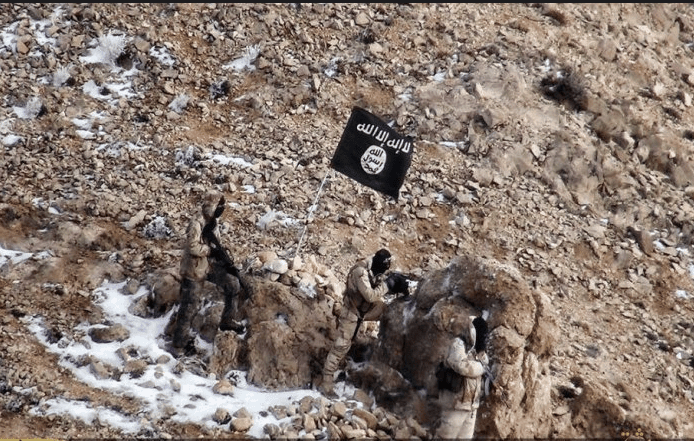This post is also available in:
![]() العربية
العربية
The killing of both, Abu Mohamed Al-Adnani, the spokesperson of Daesh, and Abu Mohamed Furqan, minister of its central media office, who were also the candidates to replace Al-Baghdadi, has impacted the policy of the group, mainly in regards to its media propaganda, as both of them were charismatic members.
Adnani, who always directed his speeches to European countries threatening them with more terror attacks- lone wolves attacks on their territories-, was among the most influential commander of the group whose death has created a void within its ranks. The killing of these two top Daesh commanders coincided with the retreat from several fronts in Syria, Iraq and Libya. The organization has pulled out of several strategic areas, which include the Libyan city of Sirte, the Iraqi cities of Fallujah and Shirqat, in addition to Manbij and Jarablus in Syria.
The setback suffered by the organization has pushed it to review its media and military strategies. It has withdrawn from various cities and towns, contrary to the previous Daesh’s rule in the past which had punished its affiliated fighters who dared to withdraw without a fight.
This has also perplexed those fighting against it, mainly in Iraq where the government forces did not to find or capture any footage of captured fighters from the organization let it alone dead bodies. The merger of Daesh fighters within the areas they retreat from demonstrates a change in the military strategy of the group. This change in the strategy coincided with statements of several officials, mainly the Americans, the Iraqis, Turks and the Brits, about the approach of the battles of Mosul and Raqqa, which are the main stronghold for the group.
This has convinced the group into believing that it might lose all of its held areas and would be isolated in few cities and towns like those in the province of Deir Ezzor, which the group would not them for a long period.
Since the organization masters guerilla warfare strategy, we might see the group adopting it in the foreseeable future, as it had already headed towards Qalamoun Mountains, which are a series of rough mountains fit for guerrilla warfare. They are also similar to those in Afghanistan where Al-Qaeda and Taliban fighters remained hidden for long years without the Americans and their allies being able to reach them.
Speaking militarily, the group might benefit from that area which is strategic since its links the organization controlled areas both in Iraq and Syria. It also overlooks the Lebanese border, and can be used to earn the hearts of the Syrian people by presenting themselves as being in war against Hizbollah militia who are despised by the majority of the Syrian people. The seizure of that region by the organization might turn it into “Syria’s Taliban”, especially because it is linked with the Syrian Badiyah, which would be a safe haven for the group.
The ideologies of the forces partaking the battles of Mosul and Raqqa, the strategy and tactic used in these battles might extend the duration of the conflict.
Will the group be successful in changing its strategy by resorting to mountains to conduct a guerilla warfare to be the starting point for its advancement in the region?
The changing of the group’ strategy and its capability to adapt to the loss of its high-ranking leaders, make defeating it by force improbable. The retaking of all areas from it does not mean end of terrorism. This must be in connection with cultural, religious and intellectual campaigns to raise the awareness in the region, away from the policies adopted by the tyrants that suppress the voice of their people, which led to the emergence of groups like Daesh as a reaction to their atrocities and barbarism.










